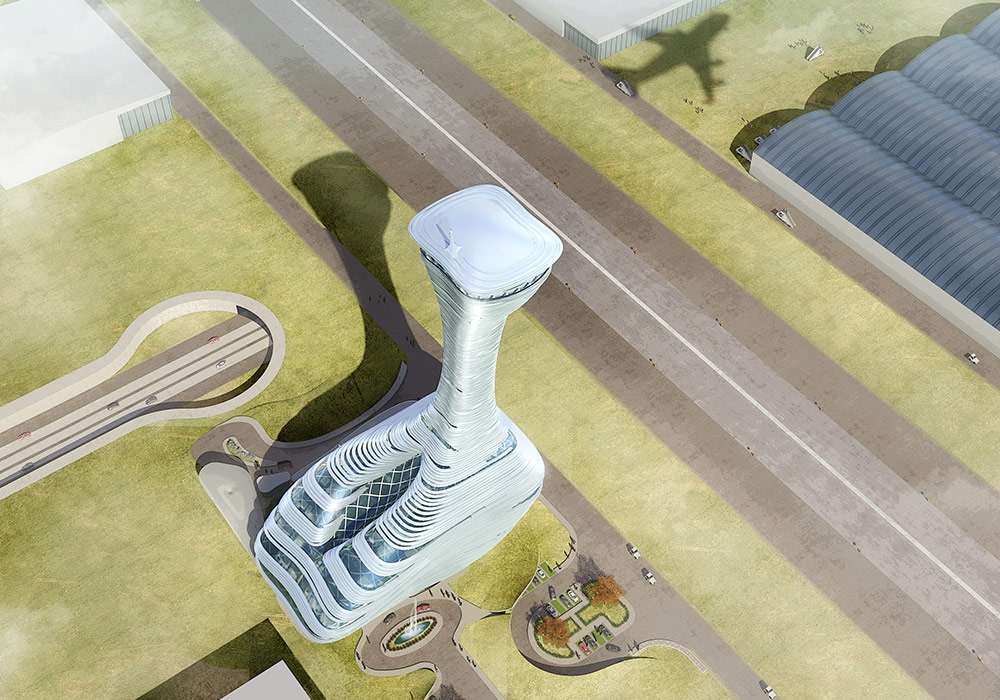Estimated reading time: 5 min
The discourse surrounding ‘lost architecture’ tends to be concerned with buildings that no longer exist which, of course, is perfectly normal. Many are destroyed, fall into disrepair or are no longer needed. Yet by focusing on these physical structures, we are missing out altogether another form of lost architecture. There are countless designs, some of which genuinely great, that have been consigned not to the past but instead to a kind of architectural purgatory; neither rejected nor ever built.
 Buckminster Fuller’s Manhattan Dome design
Buckminster Fuller’s Manhattan Dome design
The Manhattan Dome by Buckminster Fuller remains one of the most widely discussed projects to never be made. It’s design – a two mile-wide dome over Midtown Manhattan – undoubtedly tapped into fears at the time but also seemed to provide solutions to very real issues experienced by New Yorkers in the 1960s. In fact, the desire to regulate weather and reduce air pollution is something many cities would like to implement over 50 years later. In the last few years there have been proposals for a bubbles biome in Beijing with the sole intention of letting residents breathe clean air. Ultimately, The Manhattan Dome became an idea that New York was not ready for, something Fuller acknowledged himself: “It would be very worthwhile to have cities under geodesic domes, but New York City, if you think about all the different owners of different lands, the controversy about “this in my air rights, I don’t want a thing over my thing here,” I just don’t think it’s going to happen with New York City. But it can happen where you start out in places where energy is a really fantastic problem.” We’ve since seen examples certainly inspired by The Manhattan Dome including the Eden Project and the proposed Mall of the World in Dubai. Could we see a similar project pop up in Silicon Valley, home of America’s most technology industry, or perhaps California or Nevada, both water-starved in recent years? One thing is for sure, a dome doesn’t sound as insular as it once did.
 Ludwig Mies van der Rohe’s design for Mansion House Square
Ludwig Mies van der Rohe’s design for Mansion House Square
Mansion House Square is another landmark structure that was not meant to be. Ludwig Mies van der Rohe, the legendary architect, came up with the the concept that was described as both “the culmination of a master architect’s life work” by one critic and much more dismissively by Prince Charles as “a giant glass stamp.” Shifting public opinion, political manoeuvring and Royal interference have all been citied as reasons why the project failed to materialise. There was also the growing notion that modernism was associated with a sense of dystopia, something which over the two decades of decision making on the project, proved too much. Indeed Britain’s vilification of modernism and its insistence on adapting the more refined neoclassicism undoubtedly left cities like London worse off. Jack Self commented on the project: “Mansion House itself is claustrophobically hemmed in on all sides, appropriately overshadowed by the Rothschild tower. This is why one of the most important elements of Mies’ vision was the creation of a large public space to the east of the site. In some respects, this was the greatest genius of the scheme – Mies took a scrambled, dangerous street pattern and made one intervention to rationalise it into a nearly perfect geometric square. He carved out a serene ceremonial court directly in front of one of London’s most important seats of power. The reinstatement of the underlying Roman grid would have undone hundreds of years of urban chaos.” When the project was finally dismissed in the 1980s, public space (something at the core of the project had become dangerous. Political protests were common place and there was little appetite from the government to create more space for it in the city. The years Mies spent on the project and his desire to have it realised as his last work would eventually prove unsuccessful. But the legacy of the uncompleted project means that those years were not wasted for they have clearly impacted upon architects in the years since.
 The Air Traffic Control Tower for the New Istanbul Airport
The Air Traffic Control Tower for the New Istanbul Airport
RMJM Istanbul recently described the project that has been the most rewarding to them and, somewhat surprisingly, it was an unmade design. The Air Traffic Control Tower for the New Istanbul Airport would have undoubtedly made for an iconic building but the design, a finalist in the competition, remains important to them. They explained: “Our most rewarding project design-wise was the Air Traffic Control Tower of the New Istanbul Airport. We managed to get shortlisted and compete with some amazing architects that we used to look up in awe as students.” Of course, the design still has a tangible value to RMJM, showcasing the innovative design that RMJM and its Istanbul studio continue to offer. And, tantalisingly, there still remains a chance that the design could be still brought to life in one way or another. Which raises the question; should unmade designs remain forever so? We look forward to your comments below…


